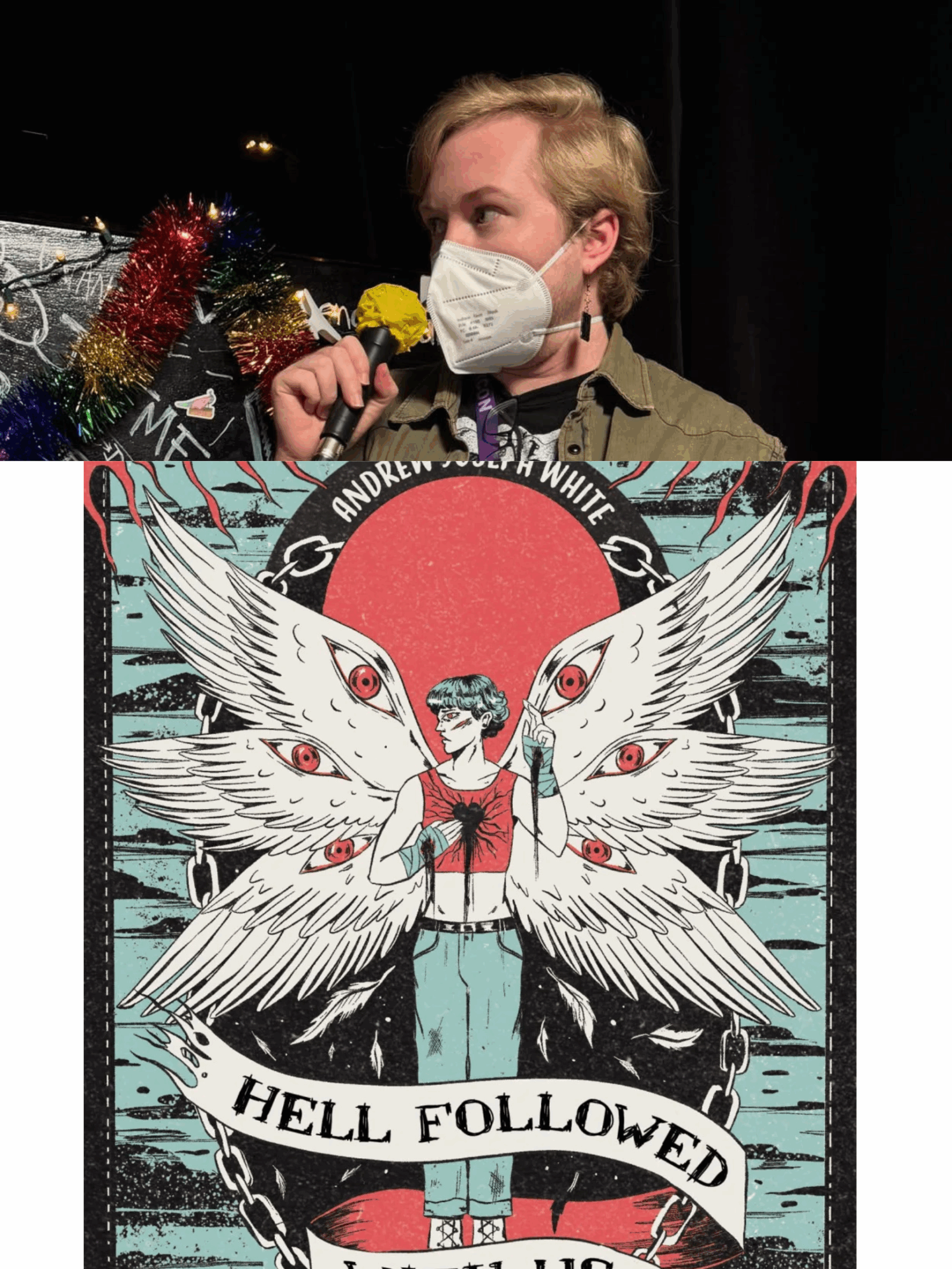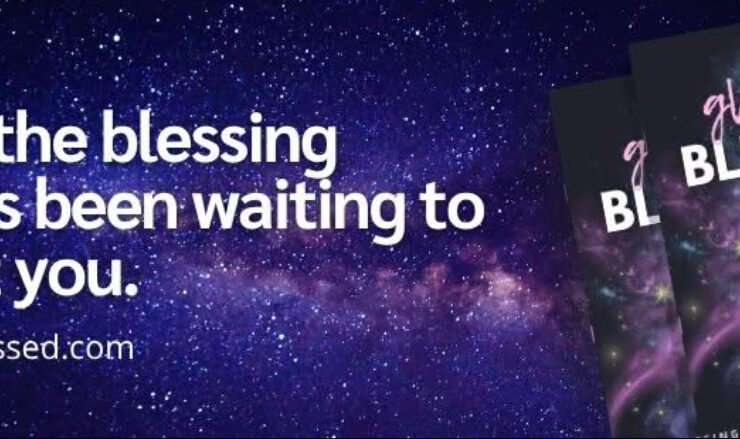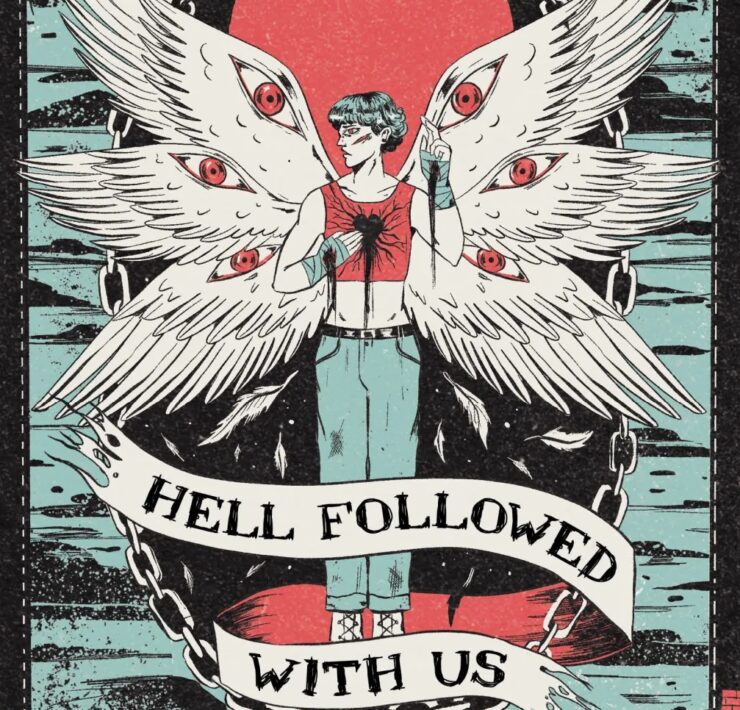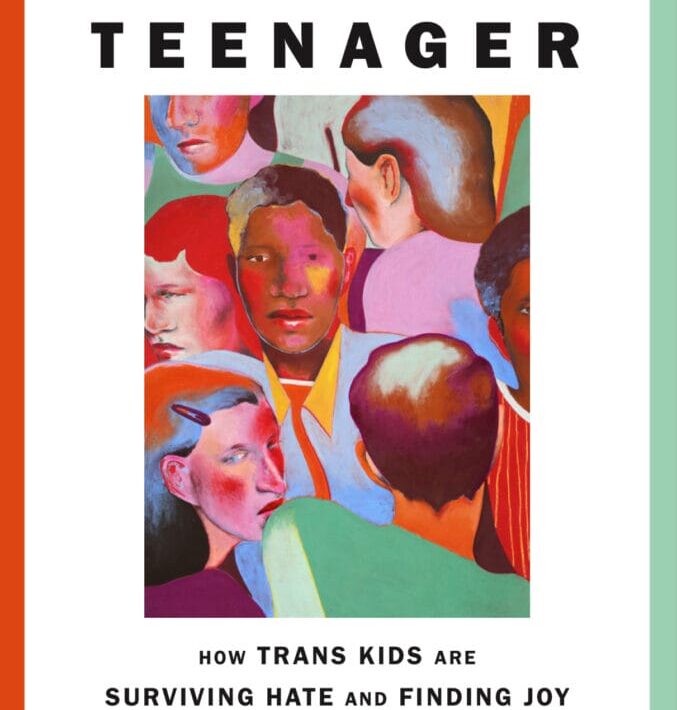Book Review: Hell Followed With Us

Hell Followed With Us is a YA novel by Andrew Joseph White, which I’ve already talked about before. However, if you haven’t, this book is about 16-year-old trans-boy Benjamin Woodside.
Taking place in the dead city of Acheson, Pennsylvania, Benji is on the run from evangelical cultists and it is not looking good. The world is destroyed because of them, and now they have infected Benji with a parasitic virus to get rid of all humanity that is left.
It seems like there is no hope until Benji is saved by Nick and a couple of other of queer teenagers who are from the Acheson LGBTQ+ Center, or ALC. Knowing fully who Benji is, Nick offers him two options: to escape or join ALC.
Finally having the chance to fight back, Benji joins ALC to protect others from the cult. However, he is becoming a monster at the same time, and is struggling to keep it all in. By the end of the month, how much would there be left of Benji?
About the Author
Andrew Joseph White is a trans, autistic man who has been writing ever since he was very little. He made several novel drafts while he was in middle school and high school before going to George Mason University, where he got bachelor’s and master’s degrees in creative writing. As he was in Uni, he was writing his first book, Hell Followed With Us, and it was released to the public when he graduated.
There were also many people who helped out with the book. Hell Followed With Us is published by Peachtree Teen, edited by Ashley Hearn, with cover art by Melia Parsloe.
White has several other books, too. So if you were immersed by Hell Followed With Us, I highly recommend reading them. Now onto the book itself.
Warnings
Now, this review will have spoilers for the book, so I recommend reading it before reading this review. However, this book is not for the faint of heart. It has depictions of graphic violence, transphobia, domestic and religious abuse, self-injury, and attempted suicide. If you don’t want to read about these topics, I completely understand. I hope you have a good rest of your day.
For all who have stayed, let’s get into it.
Grievances
Needless to say, I really liked this book. I want to talk about all the themes and characters I love. First, though, a bit of my grievances.
Although I still do think the book is diverse, as a few other book reviews pointed out (at the bottom of the page), a few of these characters feel that they are just there as tokens for diversity. For example, Alex: They are non-binary, angry, and are great with the radio, but that is about it. How do they continue without their boyfriend, Trevor? How will they heal from the apocalypse? I wish characters like them had more impact on the plot or shared their stories a little more so they aren’t as one-dimensional as they are. Some people have suggested having fewer characters in the book, and I do think it would help out if there was a smaller cast.
Also, in several points of the book, White frames using the “it” pronoun as a bad thing. While it is true that “it” has been used for dehumanization in the past, some people actually do use it/its and are often ridiculed for it. I doubt White ever wanted to ridicule other trans people for their gender expression; I see it as an unintentional insult.
Now, onto the good stuff.
Motifs and Themes
There are multiple motifs and themes within the books, but the ones I will talk about here are:
- Becoming a Monster (BAM)
- Anger
- Moral
BAM
“Seraph is here, and it’s inside of me, and—just like my dysphoria holding my head underwater, demanding to be acknowledged before it drowned me—It’s only getting worse” (Pg. 168).
When the book was about to come out, White was interviewed by Nerd Daily. He stated in that interview that he was fascinated by monsters all his life. Now, he wanted to write about a trans boy becoming a monster with all the anger and fear that goes along with it.
It is not subtle that the Seraph connects to transness, but in what way, exactly? As in the quote above, it can be reminiscent of dysphoria and makes Benji’s life more of a living hell than it already is. However, it also gives him power to do something; he can’t be easily hurt any more and can turn the monster on the Angels.
Personally, I think the Seraph slowly transformed from dysphoria to represent fighting back, or a mix of both. Things are not just black and white; they are shades of gray, and the same things apply here. BAM can further be seen in the Anger motif.
Anger
“Walking away from (the Angels) is a mercy they don’t deserve. Vengeance is mine; I will repay, saith the lord” (Pg. 256).
When Benji is finally able to fight against the Angels, he doesn’t have to be that “good christian girl” and abide by other people’s expectations. He is allowed to be angry for what the cult has done to him and is finally able to provide justice; he can be a monster. It feels powerful—By not holding yourself back literally and figuratively, you can now express your emotions. However, how far should that anger go? What if it hurts innocent people? What if it makes you not a good person? This leads to the Anger motif balanced out by the Moral motif.
Moral
“Be good. Make them suffer” (Pg. 7).
The book is about trying to make the right decisions in a world that is falling apart. Benji desperately wants to be good, just as he promised his father. However, is it good to actually kill someone, despite everything they have done? To let your anger, your monster inside you, go wild without control? What if the cult they are attacking still has innocent kids? What if there are trans kids like Benji stuck in the cult? The same thing happens to Nick, the other main character. He wants to make sure the others survive, but should he sell Benji out just so he could have food? Should he lie to make everyone safe?
It really asks the question of what being a good person means and, as always, it is complicated. Of course you shouldn’t force yourself to not feel any anger. However, it can hurt the ones you love if you just let it roam freely. You shouldn’t leave yourself defenseless, but that doesn’t mean attacking everyone either. It is up for the reader and the characters to decide.
The Characters
Speaking of characters, I think most of them were done excellently. Again, there is that tokenism element I am aware of, but I do think most characters were fleshed out.
I love how complex Benji is and learning about what his trans experience is like. I have constantly wanted to go past the binary for a couple of years now, and queer stories about gender expression always help me out.
Although transness is important to the story, Benji is so much more than just “the trans person.” He is kind, brave, angry, and is healing for the toxic teachings the cult taught him. I know what it is like wanting to be good but not sure if I am doing the right thing, and it is a struggle.
And then there is Nick. Oh, how I love my autistic boy! As a person with autism myself, I heavily relate with bad socialization and how meltdowns are so big to me. In fact, he somewhat helped me learn that it is okay to not talk all of the time and let others know what I need (even if he didn’t start out that way).
And just like Benji, there is more to his character than just “the autistic guy.” He is sweet and caring despite his struggle to show this. He is strong and wants to protect others as best as he can. That want to help, to improve lives, is something I greatly strive for.
Finally, we can’t forget about the side characters! Salvador is so sassy and confident, Faith is badass, Aisha is so kind, and Theo is a bad person with his own grievances we never see him overcome. It is like they have their own stories too, and it make the world much more fleshed out.
Conclusion
Overall, I think Hell Followed With Us is a masterpiece. Not a perfect one, but it is so beautiful and real, despite how fantastical or horrific the story gets. There were things i wasn’t able to talk about, like the huge Religion motif that is central to the story’s structure. However, I still learned from the several things I’ve pointed out in the review. It is OK to be angry, that being good can be a struggle, that you can stand up against your oppressors. Sure, this isn’t the first time I have heard of these motifs, but they help solidify my understanding of the world. And that is a really nice thing to have.
Thank you for reading this far, and I hope you have a good day.
Other Book Reviews
For Those Who Want to Write their Own Book Review
Photos Courtesy of Goodreads and Instagram










